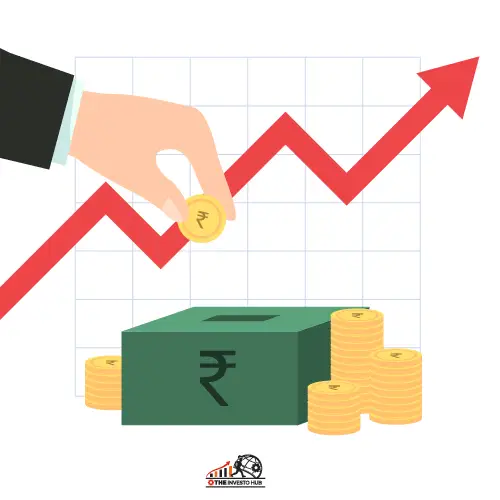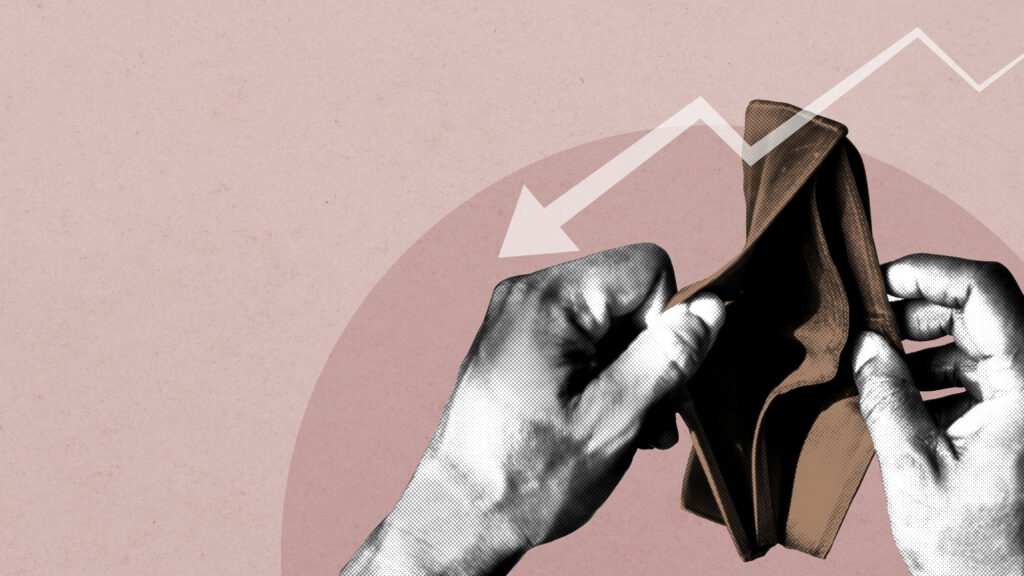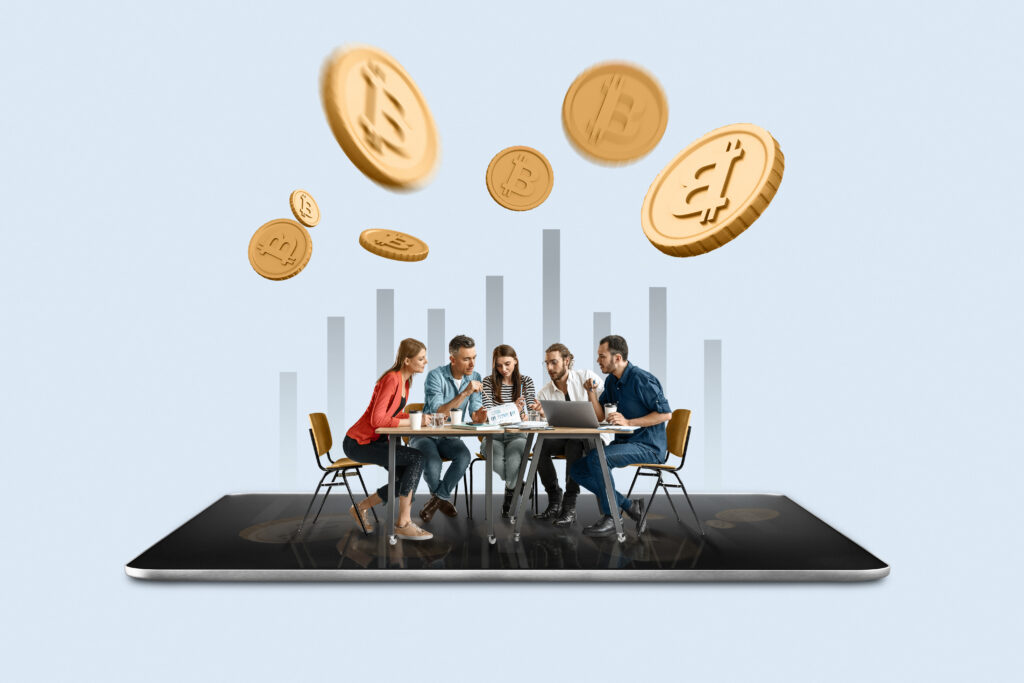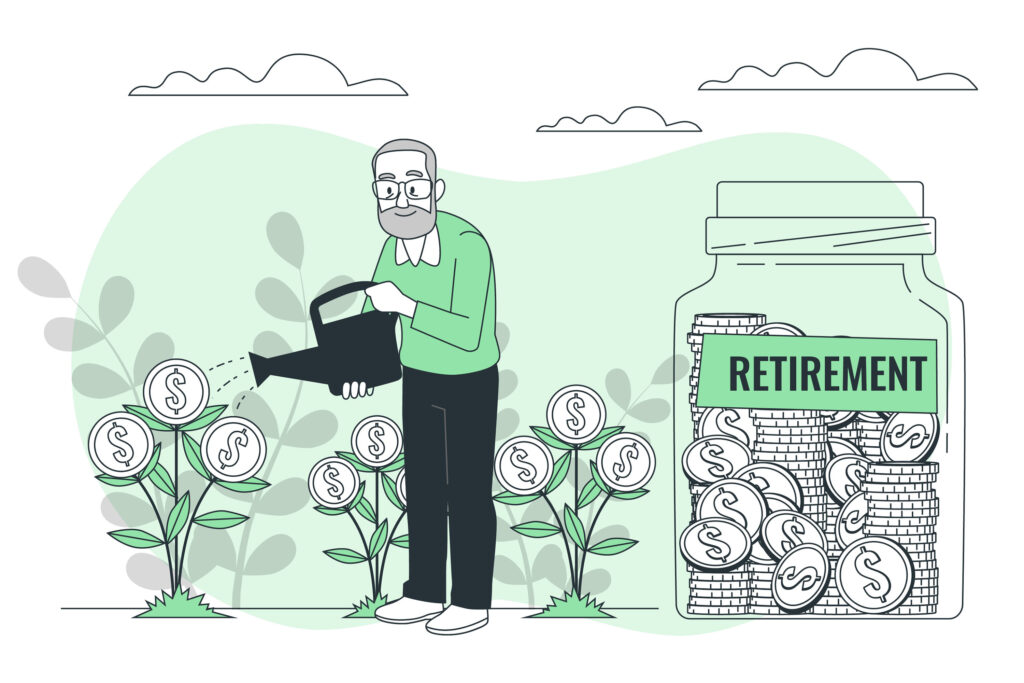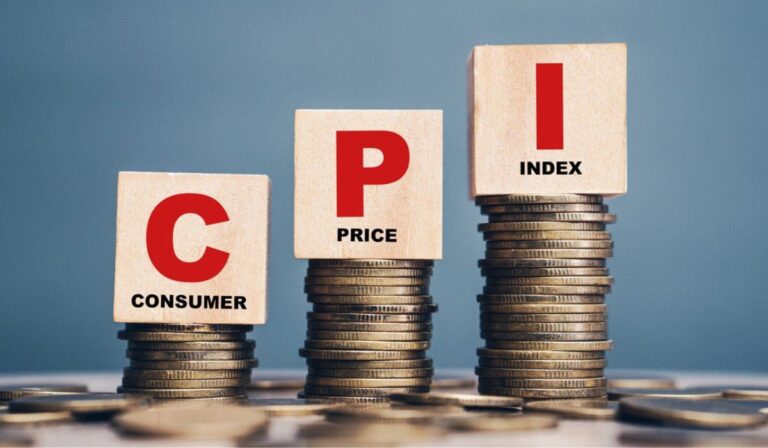
June Inflation Picks Up Again—Here’s What’s Really Happening
In June, U.S. inflation climbed to a 2.7% annual pace, up from 2.4% in May—the fastest rise since February. On a monthly basis, prices rose 0.3%, the largest jump since January. While those numbers might seem abstract, they reflect rising costs that many households are starting to feel in their wallets.
Tariffs Are Showing Up at the Register
CNBC reminds us that the price increases aren’t random—they’re tied to new tariffs on furniture, clothing, appliances, and other imported goods. These taxes, aimed at boosting domestic production, are now being passed on to consumers at retailers. As CNBC’s Rick Santelli notes, “tariff inflation is just beginning.”
Everyday Items Getting Pricier
Take the essentials: food prices are up around 3% year-over-year, with coffee, beef, and produce becoming noticeably more expensive. Meanwhile, gasoline rebounded, adding to the monthly inflation pressure. These aren’t abstract stats—they mean real-world increases in your grocery bills and trips to the pump.
Shelter Costs Still Stubborn
Housing isn’t cooling off: rent and shelter costs rose 3.8% year-over-year, keeping a steady upward pressure. Even though vehicle prices dipped, the broader cost of living hasn’t eased much.
Fed Faces a Tough Choice
Federal Reserve officials are in a bind. These numbers probably rule out a rate cut in July, and may even push back cuts planned for September, as core inflation remains stickier than hoped. CNBC stresses that markets were anticipating a pause—or cut—that now looks less likely.
Markets Had a Mixed Reaction
Treasury yields ticked higher, reflecting uncertainty.
The Dow dropped nearly 1%, while the Nasdaq stayed afloat, helped by gains in semiconductors, including Nvidia.
Banks stayed cautious even after reporting strong earnings.
Voices from the Field
CNBC echoed experts who say the ripple effect of tariffs is just starting. They warn that without policy changes, we could see more inflationary pressure through July and August.
Why This Matters to You
Your grocery and utility bills might edge higher.
If you’re considering a mortgage or auto loan, rate cuts may take longer.
As prices rise, so does the pressure on family budgets, even if wage growth isn’t keeping up.
In Short
June’s inflation report isn’t just a number—it’s a snapshot of everyday life, where tariffs turn policy into pricetags. CNBC’s coverage highlights how this trend may slow the Fed’s plans, affecting loans, savings, and the cost of living. For now, getting smarter about your household budget isn’t just wise—it’s essential.
